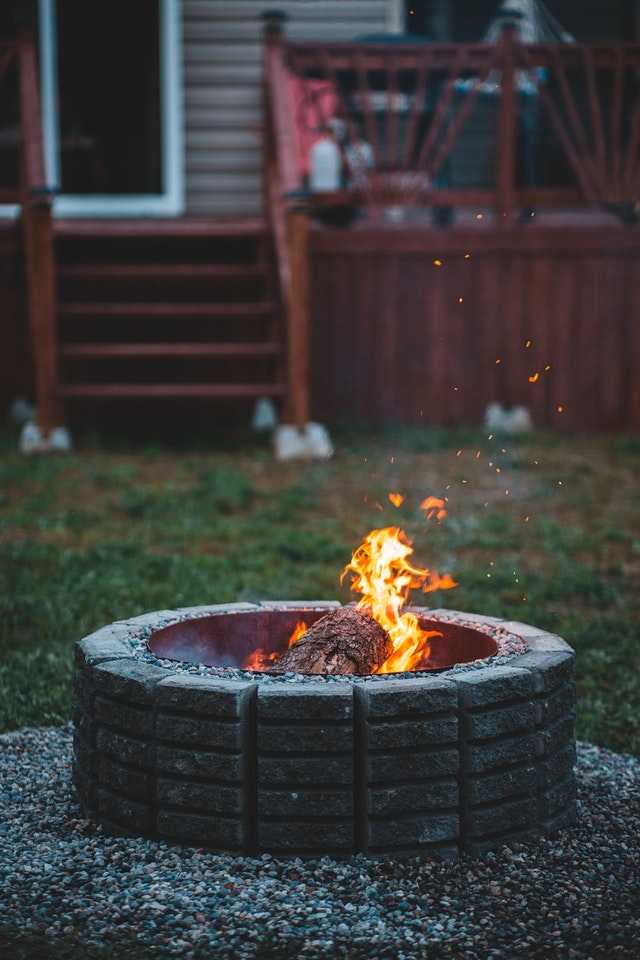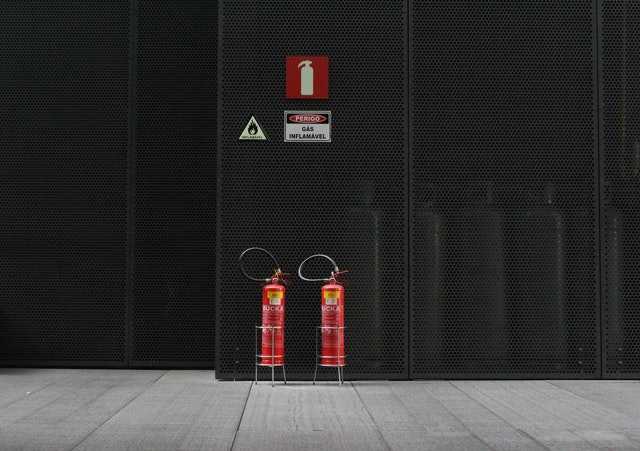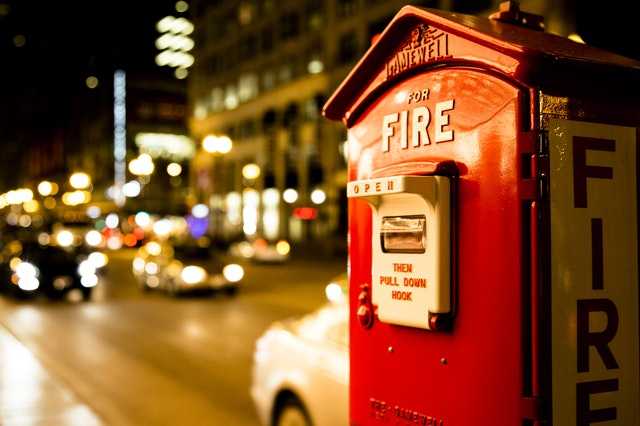How Does A Fire Extinguisher Work And How Should It Be Used

It's possible that using a fire extinguisher scares you, but it doesn't have to be.
When the words "do not touch" come to mind, a clunky-looking red cylinder-shaped object behind a tightly closed glass door can be frightening.
Perhaps you already have a fire extinguisher in your garage or kitchen and are hesitant to take the first steps toward learning how to use it.
You're afraid it'll blow up in front of your eyes or cause irreversible harm.
Fire Alarm System / Smoke Detectors
A smoke detector is a device that detects smoke as a warning sign of a fire.
Commercial smoke detectors send a signal to a fire alarm control panel, while household smoke detectors, also known as smoke alarms, emit an audible or visual alarm from the detector itself or several detectors if multiple smoke detectors are interconnected.

Be sure that any smoke alarms or smoke detectors in various areas of your house are properly positioned and maintained before you consider buying or using a fire extinguisher.
The majority of detectors have a 10-year lifespan and should be replaced after that. You should also change the batteries at least twice a year and test them once a month.
Remove the batteries, but make sure to replace them with fresh ones, if you don't want to hear the chirping sound that alarms make with bad batteries.
Evacuation Plans and Procedures
Many people are unaware that evacuations are more frequent than they think. Fires and flooding are the most common causes of these disasters.
Hurricanes and other major storms often result in mass evacuations.
Furthermore, hundreds of times a year, transportation and industrial accidents release hazardous substances, causing many people to flee their homes and workplaces.
In the event of a fire, you and your neighbors should have an evacuation plan in place.
An emergency plan should include escape routes from each room in the house, and everyone in the household should know how to carry it out in an orderly and quiet manner.
The key is to avoid panic and injuries.
How to choose a Fire Extinguisher
Whether you realize it or not, there are various types of fire extinguishers available, and you should choose one that is appropriate for the areas of your home where fires may occur.
Because portable fire extinguishers can only cover a small area, you must understand that they will not put out a big, fast-moving fire.
Choose one with a metal head and handle rather than one with a plastic handle, as this type charges more quickly. Also, keep your fire extinguisher in a convenient location.
Hardware stores, some retail shops, fire safety supply companies, and internet sources are all good places to look for an extinguisher.
You want an extinguisher that can put out fires in specific areas of the house where they can start, as well as one that can put out different kinds or classes of fires. The following are the various types of fires:
- Wood, paper, or plastic (Class A)
- flammable liquids or gases (Class B)
- Electrical - Class C
- Metals, Class D (Sodium or Magnesium)
- Kitchen (cooking oils/fats) - Class K

To distinguish what kind of fire it will extinguish, the fire extinguisher you select should have one or more of these identifying letters on the outside.
Unless you have special concerns about dealing with other kinds of fires, an ABC extinguisher (dry chemical) is the most likely option.
The Procedures to Follow
If you follow a few simple steps, using a fire extinguisher does not have to be difficult.
If you don't know how to use a fire extinguisher in an emergency, you will find yourself in a dangerous situation that you can't solve. Here's a quick rundown of how to use one.
Steps in Using a Fire Extinguisher
When using a fire extinguisher, there are four simple steps to follow.
1. Pull - The pin at the top of the extinguisher should be pulled.
2. Aim - Keep a safe distance between you and the flames. You want to spray towards the fire's base when you take aim.
3. Squeeze- To release the fire retardant inside the extinguisher, squeeze the extinguisher handles together.
4. Sweep - In a back-and-forth motion, sweep across the fire, aiming at the base of the fire. One thing to keep in mind is that you only have a few seconds to complete this task.

It's a good thing to know how to use a fire extinguisher regardless of whether you've ever had a small fire. A kitchen or other type of fire may strike at any time.
A portable fire extinguisher is a convenient and safe way to extinguish the threat of a small fire. Just remember not to try to put out a small fire on your own if it gets out of hand and spreads beyond a certain area.
The next step is to call the fire department in your area and get out of your house. With an out-of-control fire, you don't want to play the hero.
Resources
Author Bio
The Editorial staff includes content researchers from various areas of knowledge. They add a plethora of expertise to the Hubslides Editorial team. They constantly and frequently oversee, produce and evaluate contents that are most ideal to aid impacting knowledge to readers.
Article Comments
No Comments!
At present there are zero comments on this article.
Why not be the first to make a comment?
Similar Articles
Sponsor
Search Articles
Experts Column
Latest Articles
Featured Articles
Most Popular Articles













